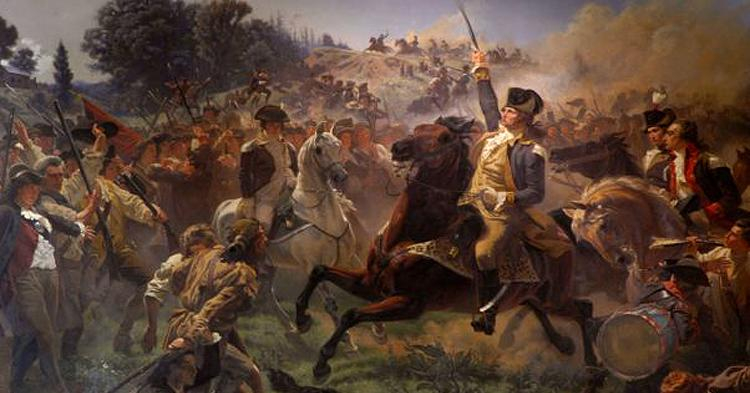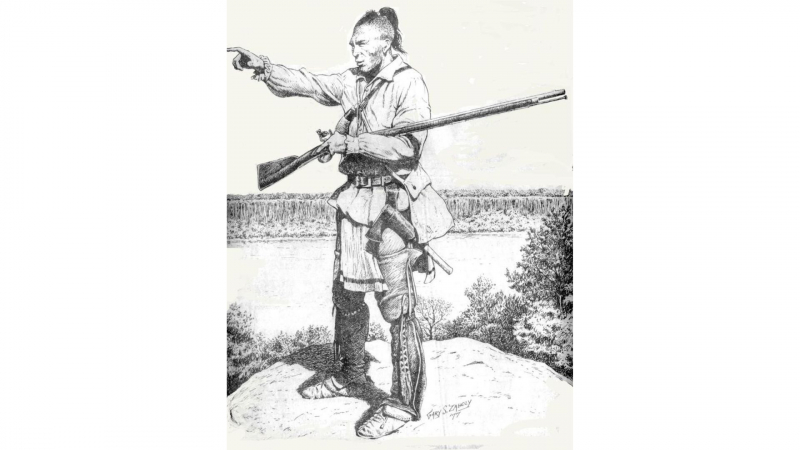Native Americans From Stockbridge Contributed To The Pivotal American Victory At Saratoga And The Final Significant Battle In The Northern Theater At Monmouth In June 1778
The Mohican, Housatonic, and Wappinger peoples made up the multiethnic Native population from whom the Stockbridge-Mohicans originated. The Mohicans, who currently reside in Wisconsin, are a federally recognized people group. The Mohicans inhabited western Massachusetts and the Hudson Valley prior to the Revolutionary War. The Mohicans who lived there were given the new moniker Stockbridge Indians or Stockbridges when missionaries founded the Massachusetts town of Stockbridge in the 1730s. The English colonists sought to convert the Stockbridges to Christianity, and the tribe also acquired parts of their cultural customs and beliefs, fusing them with local customs.
The Stockbridges allied with the Revolutionaries when the Revolutionary War started. The Stockbridge marched south after the battle of Saratoga and joined Washington's troops at Valley Forge. They engaged in combat at the Battle of Monmouth in June 1778. The Stockbridge neighborhood met with Revolutionary leaders at the start of the war to forge an alliance. They arrived on the battlefield shortly after that. Stockbridge Indians volunteered to be minutemen when the first shots were fired at Lexington and Concord in 1775. Later, at the Battle of Bunker Hill, some Stockbridges fought alongside New Englanders. Due to their participation in these early conflicts, the Continental Congress gave General George Washington permission to actively recruit Stockbridge Indians in 1776. They acted as scouts for the Continental Army throughout the whole conflict, providing crucial local knowledge that helped the army prepare for swift ambushes. The Stockbridge-Mohican served as their ambassadors and contributed to intelligence collection as well as diplomatic relations with the United States and other Native American tribes.












